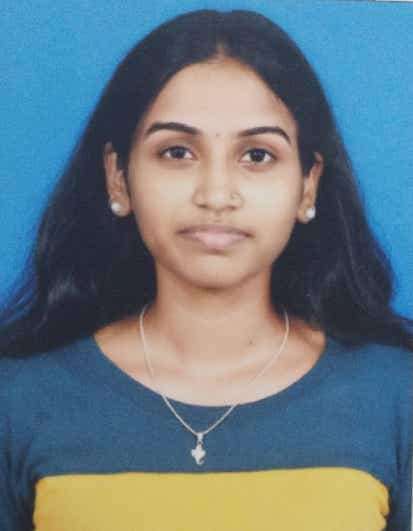Rapid technological, industrial and agricultural development resulted in the release of the large volumes of pollutants, including metal ions, in the environment. Chemical elements, including rare earth elements, have become of great concern due to their toxicity, persistence and adverse effects caused to environment and population. In this regards, municipal and industrial effluents should be thoroughly treated before their discharge into the natural water or use for irrigation. Among physical, chemical and biological techniques applied for wastewater treatment adsorption has a special place enabling effective pollutants removal. Currently, plenty of adsorbents of different origin are applied for treatment of metal -containing aqueous solution and wastewater. The present study will be focused on the treatment of wastewater containing a mixture of rare earth elements using biological adsorbent. The effect of different parameters on metal removal will be assessed as well as mechanisms of metal removal will be evaluated.
Tasks
1. Study of the effect of pH, time, temperature and concentration on rare earth elements removal from complex solutions;
2. Evaluation of the kinetics, equilibrium and thermodynamics of the process;
3. Adsorbent analysis and evaluation of the mechanisms of adsorption;
4. Reuse of the biosorbent
Preliminary schedule by topics/tasks
1. Preparation of the literature review for the manuscript (October 30-Noember 15)
3. Adsorption experiments (November 7 - November 17)
4. Desorption experiments (November 20 - November 24)
4. Calculation of the kinetics, thermodynamics and equilibrium of the process (November 25 - November 29)
5. Interpretation of the obtained results and report preparation (November 29-December 10)
Required skills
Knowledge in analytical chemistry, environmental chemistry/physics and statistical analysis
Acquired skills and experience
- the participant of the project will have the possibility to participate almost in all stages of experiments, data analysis/interpretation and preparation of the manuscript, which can help him/her to plan further experiments:
- he/she will gain new knowledge about the environment bioremediation.
Recommended literature
1. Zinicovscaia, I.; Yushin, N.; Grozdov, D.; Peshkova, A.; Vergel, K.; Rodlovskaya, E. The Remediation of Dysprosium-Containing Effluents Using Cyanobacteria Spirulina platensis and Yeast Saccharomyces cerevisiae. Microorganisms 2023, 11, 2009. https://doi.org/10.3390/microorganisms11082009
2. Zinicovscaia, I.; Yushin, N.; Humelnicu, D.; Ignat, M.; Humelnicu, I.; Grozdov, D.; Vershinina, T. Removal of Indium Ions from Aqueous Solutions Using Hydroxyapatite and Its Two Modifications. Separations 2023, 10, 401. https://doi.org/10.3390/separations10070401
3. Yushin, N.; Zinicovscaia, I.; Cepoi, L.; Chiriac, T.; Rudi, L.; Grozdov, D. Praseodymium(III) Removal from Aqueous Solutions Using Living and Non-Living Arthrospira platensis Biomass. Water 2023, 15, 2064. https://doi.org/10.3390/w15112064
4. Yushin, N.; Zinicovscaia, I.; Cepoi, L.; Chiriac, T.; Rudi, L.; Grozdov, D. Cyanobacteria Arthospira platensis as an Effective Tool for Gadolinium Removal from Wastewater. Clean Technol. 2023, 5, 638-651. https://doi.org/10.3390/cleantechnol502003221.
5. Zinicovscaia, I.; Yushin, N.; Grozdov, D.; Rodlovskaya, E.; Khiem, L.H. Yeast—As Bioremediator of Silver-Containing Synthetic Effluents. Bioengineering 2023, 10, 398. https://doi.org/10.3390/bioengineering10040398
6. Zinicovscaia, I.; Yushin, N.; Grozdov, D.; Safonov, A. Application of Shewanella xiamenensis Placed on Zeolite in Treatment of Silver-Containing Effluents. Minerals 2023, 13, 179. https://doi.org/10.3390/min13020179



